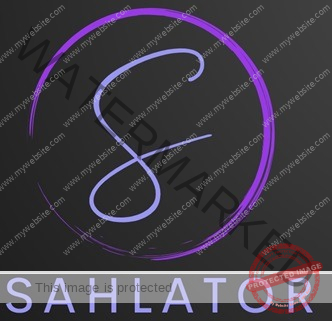ROI Calculator
Results:
High-End Machine ROI: XX%
Budget Machine ROI: XX%
Feedback on the Results:
The High-End Machine ROI represents the return on investment for the premium product over its useful life, factoring in all associated costs and savings. A higher ROI means you’re getting more value for the money you invested, considering the higher upfront cost.
The Budget Machine ROI gives you an estimate of the return on investment for the more affordable option, which may have lower initial costs but also offers different savings and lifespan advantages. While the ROI might be lower than the high-end machine, the budget option could be a better choice for those looking for a lower-risk, lower-cost option with a reasonable return.
In summary, the comparison between the two ROIs helps you decide which product offers the best value for your specific needs, considering both cost and long-term benefits. The higher the ROI, the better your investment returns in the long run.
Cost Breakdown:
ROI Comparison:
High-End Machine Purchase Cost ($):
- Explanation: This refers to the upfront cost of purchasing a high-end or premium machine. It is typically more expensive than a budget machine, but it may offer advanced features, better efficiency, and a longer lifespan. This value represents the total purchase price of the high-end machine.
Budget Machine Purchase Cost ($):
- Explanation: This refers to the upfront cost of purchasing a more affordable, budget-friendly machine. While this machine might be less expensive than a high-end machine, it may have fewer advanced features or a shorter lifespan. This value represents the total purchase price of the budget machine.
Annual Energy Savings ($):
- Explanation: This is the amount of money saved per year on energy costs by using the machine. The savings come from improvements in energy efficiency (such as reduced electricity usage compared to older or less efficient models). Enter the estimated amount of energy savings in dollars that the machine will provide annually.
Annual Usage (hours):
- Explanation: This is the number of hours the machine will be used in a year. It helps calculate the total energy savings and maintenance costs based on how much the machine is operated over the course of a year. Enter the total hours per year the machine is expected to be in operation.
Annual Maintenance Cost ($):
- Explanation: This is the cost of maintaining the machine each year, including repairs, parts replacements, and any other maintenance-related expenses. It is important to account for ongoing maintenance to understand the full cost of owning the machine over time.
Expected Longevity (years):
- Explanation: This is the estimated number of years the machine is expected to last before it needs to be replaced. The longevity of the machine is a key factor in calculating the total return on investment (ROI) because it helps determine how many years the machine will provide value before it reaches the end of its useful life.
Annual Insurance ($):
- Explanation: This is the annual cost of insuring the machine. Insurance may cover damages, accidents, or unexpected failures. It’s important to consider this ongoing cost when calculating the overall cost of ownership.
Depreciation Rate (% per year):
- Explanation: Depreciation refers to the decrease in the machine’s value over time due to factors like wear and tear, obsolescence, or aging. This is expressed as a percentage of the machine’s value that is lost each year. Enter the percentage rate at which the machine’s value will depreciate annually.
Interest Rate (%):
- Explanation: This is the annual interest rate applied if you’re financing the purchase of the machine (e.g., taking out a loan or using credit to buy it). The interest rate will affect the total cost of ownership since you’ll be paying interest over time in addition to the principal cost of the machine.
